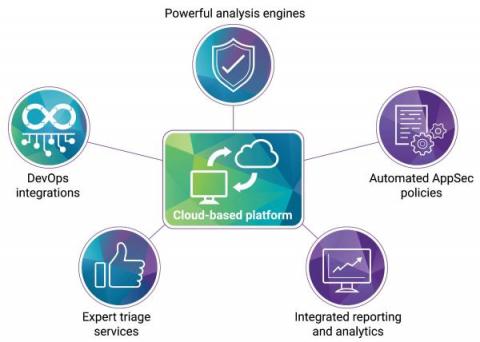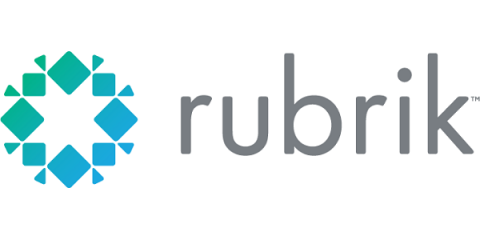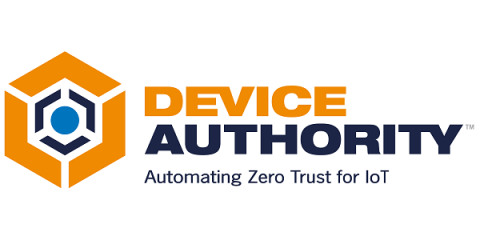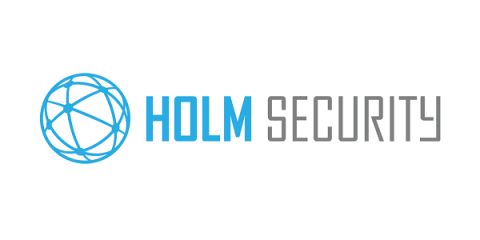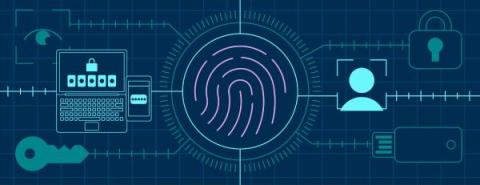Security | Threat Detection | Cyberattacks | DevSecOps | Compliance
Latest News
It's Time for Business Continuity and Disaster Recovery Teams to Redefine Trust
In workplaces of the past, IT teams could afford to trust the devices in their network because they knew them. After all, they issued and managed them. But today’s work environment makes trust a little difficult. From work from home to the vast expansion of enterprise applications, IT and security teams have a whole new set of cybersecurity challenges to mitigate. Your workers are human and are subject to human error. Phishing attempts are not always easy to spot.
Budget and momentum are key to cybersecurity automation maturity - and CISOs are feeling left behind
As cyber threats intensify and the human and financial resources available to deal with them remain limited, there is a growing need for automation in cybersecurity. The intelligent automation of key cybersecurity processes can significantly improve an organization’s posture and at the same time support under-pressure employees by reducing reliance on manual processes.
IoT Device Lifecycle Management: A Comprehensive Guide for IT Managers
IoT device lifecycle management is the process of managing the entire life cycle of an IoT device, from conception and design to manufacturing and distribution, to installation and eventual decommissioning. The goal of IoT device lifecycle management is to ensure that devices are properly managed throughout their lifespan to maximise their operational efficiency and longevity.
What's Hiding in your Attack Surface?
Holm Security adds Cloud Security Posture Management (CSPM) to its portfolio at the Gartner IT Symposium/Xpo Conference 2022
10 Cybersecurity predictions for 2023
As we head into 2023, we look back at the last year and the focus will continue to be on reducing risk exposure and resilience. Organizations are strengthening their ransomware defense, security, and privacy approach to product development, cyberattack response, supply chain risk management and operational technology (OT) security and based on working with customers across industry sectors, here is a compilation of some trends we predict for 2023. 1.
Why is a cybersecurity risk assessment necessary?
The cybersecurity landscape is constantly evolving. Criminals are always searching for new ways to compromise enterprise systems, looking for weaknesses in their security.
Passkeys: what they are, and how they work
We all use passwords every day to sign in to our devices and online accounts. But that doesn’t mean they’re a perfect solution.
Free Trial for Code Signing Certificate: Myth or Fact?
If you are a code publisher or software developer, your end-users need to trust your software that they download. You, a legit entity, must win their trust and confidence as the source of the file rather than any third party or any infiltrator claiming to be you. Also, they need to know that the code has not been tampered with by any hacker or has any malware inserted in it.


